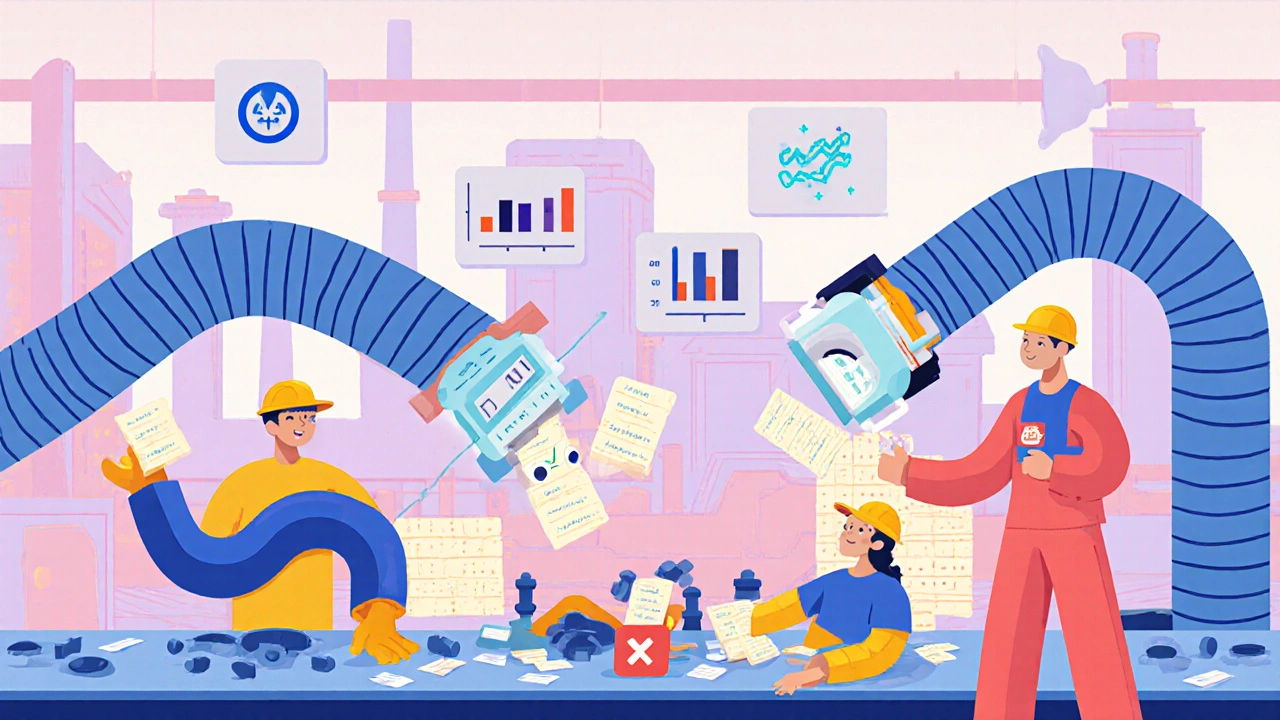Quality Control Testing in Medications: Ensuring Safety and Effectiveness
When you take a pill, you expect it to work—and to be safe. That’s not luck. It’s quality control testing, the systematic process of verifying that pharmaceutical products meet strict safety, potency, and purity standards before they reach patients. Also known as pharmaceutical quality assurance, it’s the invisible guardrail between a lab and your medicine cabinet. Without it, a single batch of contaminated insulin or a mislabeled blood pressure pill could hurt or kill someone.
Behind every box of medication are labs running tests on batch testing, the process of analyzing samples from each production run to confirm consistency and compliance. They check for the right amount of active ingredient, the absence of toxic metals, and whether the pill breaks down properly in your body. They also look for drug contamination, unintended substances like mold, bacteria, or even traces of other drugs that accidentally mixed in during manufacturing. These aren’t hypothetical risks—real cases have led to recalls, hospitalizations, and deaths. The FDA and global health agencies don’t just ask for paperwork; they demand hard data from these tests.
It’s not just about what’s in the pill—it’s about what’s not. pharmaceutical standards, the legally enforced rules that define acceptable levels of purity, stability, and performance for every drug are updated constantly. New contaminants emerge. New delivery methods require new tests. And with more generic drugs and overseas manufacturing, the stakes are higher than ever. That’s why the posts here cover everything from how look-alike drug names cause mix-ups, to why herbal supplements like Dong Quai can dangerously interact with blood thinners, to how food labels now hide allergens that could kill you. All of it ties back to one thing: if the system fails at any point, your health is on the line.
You won’t see the technicians in white coats running HPLC machines or checking dissolution rates. But you’ll feel the results—if you’re taking a statin without muscle pain, if your digoxin dose keeps your heart stable, or if your child’s ADHD med works without unexpected side effects. That’s quality control testing doing its job. Below, you’ll find real-world examples of what goes wrong when it doesn’t—and how to spot the signs before it’s too late.

Quality Control Testing: Step-by-Step Process in Generic Manufacturing QA
Haig Sandavol Nov 19 7Learn the 6 essential steps of quality control testing in manufacturing-from defining standards to taking corrective action. Reduce defects, cut costs, and stay compliant with proven QA practices.
More Detail